- Learning time
- 20 minutes
- First play time
- minutes
Gingerbread House
Designed by: Phil Walker-Harding
In Gingerbread House players are witches, seeking to trap the hungry passers-by who keep eating their houses. It sounds like torturously dark movie – but it’s actually a fairly friendly puzzle game.
Everyone begins with the footprint of their own house, and a stack of fifteen gingerbread tiles, with three of them flipped face-up. Nearby are some face-up character cards and bonus cards – the characters are what you want to trap, and the bonus cards are – well, bonuses.
Turns are pretty simple: you simply add a tile to your house, and claim the reward for whatever spaces you covered up. This might be the pink/yellow/green/blue decorations, or one of three actions. The decorations can be used to trap a character card: pay them back to the supply and take the card in question, face down. These are worth points at the end of the game, but the act of trapping one also lets you add a wild card to your house, which – when subsequently covered – can be used to claim any decoration or any action.
There are three actions: staircases, cages, and swaps. Just as with the decorations, these actions are taken when they are covered up by a tile. Staircase tiles are helpful – they’re free to place, and fill the odd spot that’s left over on every level (you start with one staircase, and can forego placing a tile to pick up two more instead). Covering a cage action lets you take a character card from the display: they’re not trapped yet (so you don’t claim a wild card), but this prevents other players trapping them, and you can keep them until you can pay to trap them. Swaps simply let you change one decoration for another.
When you complete a level – ie the tiles and staircases cover every space – you can claim a bonus card from the bonus card display. You can play a basic version of these cards (one side shows a points reward) but the more interesting side show criteria for point-scoring, such as claiming certain types of character. When all tiles are placed, everyone tallies up their points for characters, bonuses, and each pair of leftover decorations is worth a point.
The guru's verdict
-
Take That!
Take That!
Extremely low. Everyone has their own tiles, so the only bit of mild interaction is the claiming of character and bonus cards.
-
Fidget Factor!
Fidget Factor!
Low to moderate, depending the number of players and how studious they're all feeling.
-
Brain Burn!
Brain Burn!
It's a puzzle, but not an overwhelming one.
-
Again Again!
Again Again!
There are enough character cards, with distinct/overlapping aspects, to keep an element of randomness. The bonus cards work similarly and all the tiles and starting boards vary too.

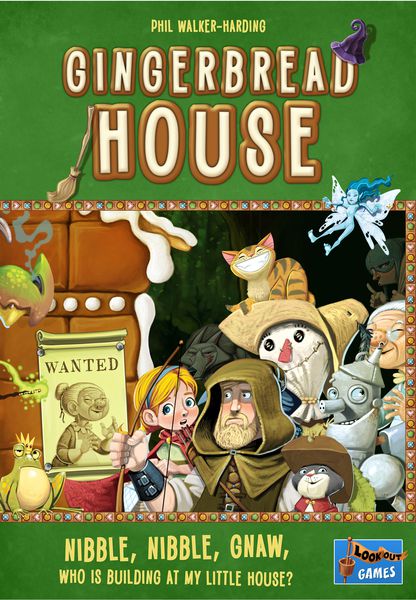
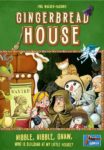
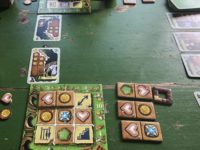
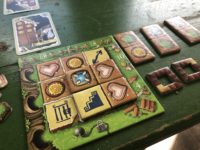
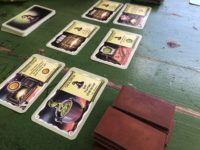
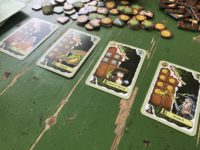
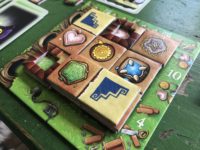




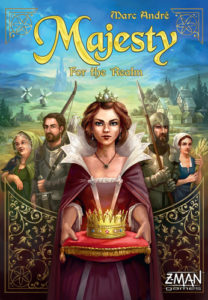

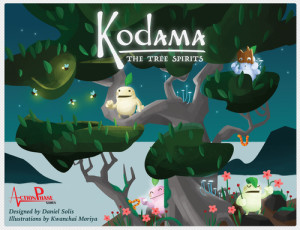
Sam says
I really enjoyed this designer's Barenpark and was pleasantly bamboozled by Imhotep, so was intrigued by Gingerbread. It didn't disappoint, and if the gentle puzzling doesn't quite scratch my gamer itch, I can see how this is a box-ticker for kids and adults alike - a family game in the proper sense.